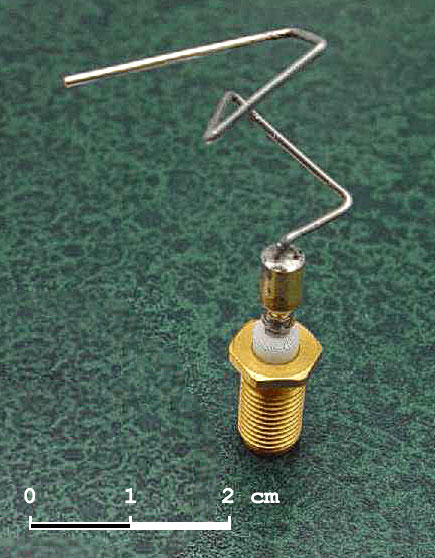I've been contemplating an optimum method to achieve synergy between drivers in a loudspeaker. We obviously need crossovers to transition between drivers, but what techniques can we use to optimize the crossover filter so that radiated energy is as uniform as possible throughout the crossover region whilst simultaneously staying within the mechanical/thermal limits of the drivers used at the desire output levels?
A possible method I've deduced is first constructing the optimal enclosure(s) for each driver over its particular passband, followed by measuring each individual driver in its enclosure on the listening axis. We would then measure the radiated energy at specific intervals over its axis, 5* may be sufficient (the interval is arbitrary, Dr. Geddes measured the Summa's radiated energy in increments of 5*). We would do this in both the horizontal and vertical planes and once we reached a complete data set (360*) we would import this data into a computational software package such as matlab and connect all of the data points with a spline curve so that we achieve a function that attempts to describe the loudspeakers amplitude response vs angle.
Once this information has been gathered, a genetic algorithm may be implemented that uses this information.
The bandwidth (amplitude >-40dB) for each driver could be subdivided into individual values that represent amplitude at a particular frequency. Each of these individual values would represent a specific location on the chromosome of the genetic algorithm. To create the curve we would decompose the chromosome into its constituent values and once again connect these points with a spline curve.
To achieve the total loudspeaker response, we would sum all of the individual drivers and evaluate the performance of the chromosome based on how uniform the radiated energy was throughout the crossover region and place penalties on crossovers that imposed excess mechanical/thermal stress on the drivers.
Is this a good solution to the crossover optimization problem or are there better techniques?
Thanks,
Thadman
A possible method I've deduced is first constructing the optimal enclosure(s) for each driver over its particular passband, followed by measuring each individual driver in its enclosure on the listening axis. We would then measure the radiated energy at specific intervals over its axis, 5* may be sufficient (the interval is arbitrary, Dr. Geddes measured the Summa's radiated energy in increments of 5*). We would do this in both the horizontal and vertical planes and once we reached a complete data set (360*) we would import this data into a computational software package such as matlab and connect all of the data points with a spline curve so that we achieve a function that attempts to describe the loudspeakers amplitude response vs angle.
Once this information has been gathered, a genetic algorithm may be implemented that uses this information.
The bandwidth (amplitude >-40dB) for each driver could be subdivided into individual values that represent amplitude at a particular frequency. Each of these individual values would represent a specific location on the chromosome of the genetic algorithm. To create the curve we would decompose the chromosome into its constituent values and once again connect these points with a spline curve.
To achieve the total loudspeaker response, we would sum all of the individual drivers and evaluate the performance of the chromosome based on how uniform the radiated energy was throughout the crossover region and place penalties on crossovers that imposed excess mechanical/thermal stress on the drivers.
Is this a good solution to the crossover optimization problem or are there better techniques?
Thanks,
Thadman


Comment